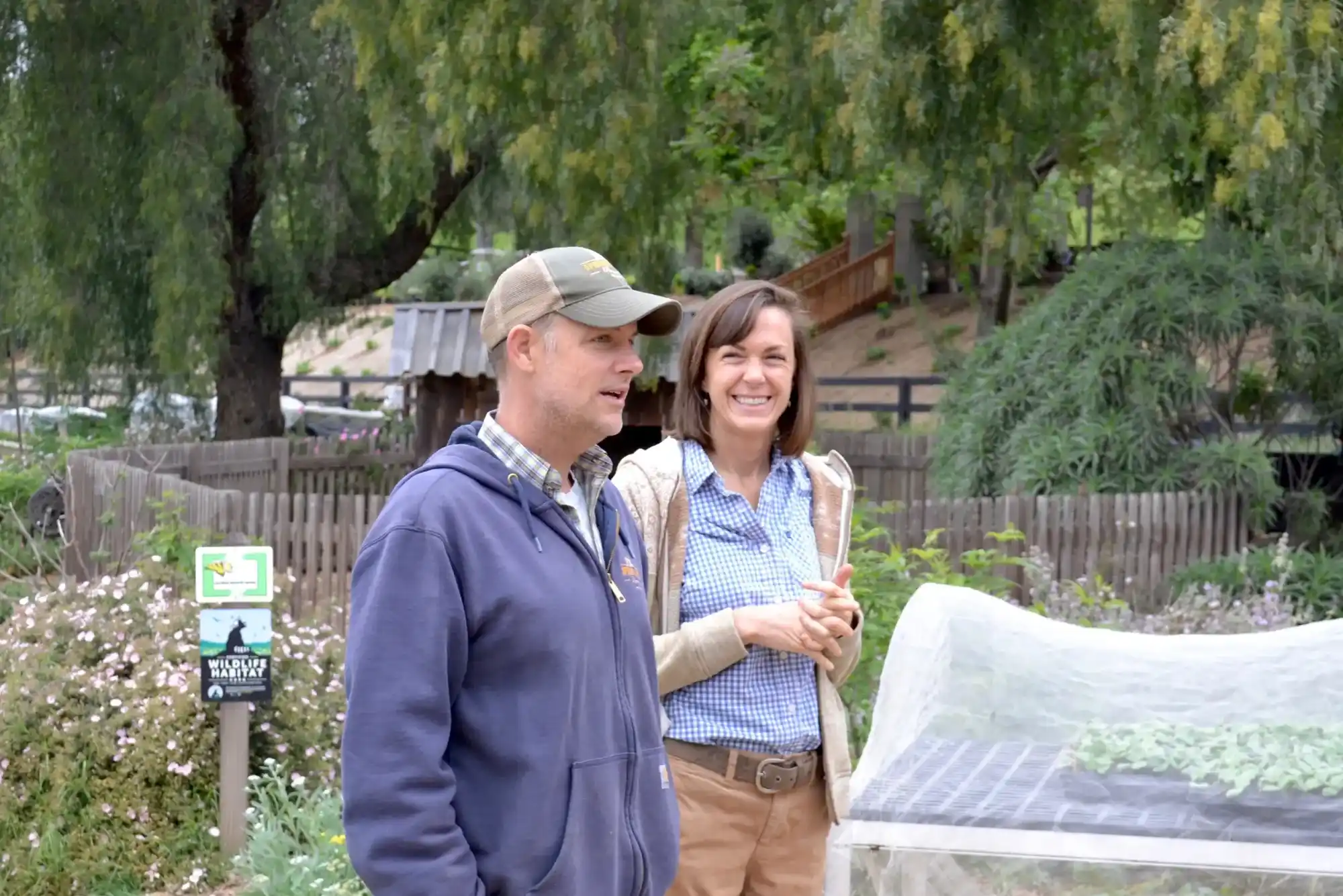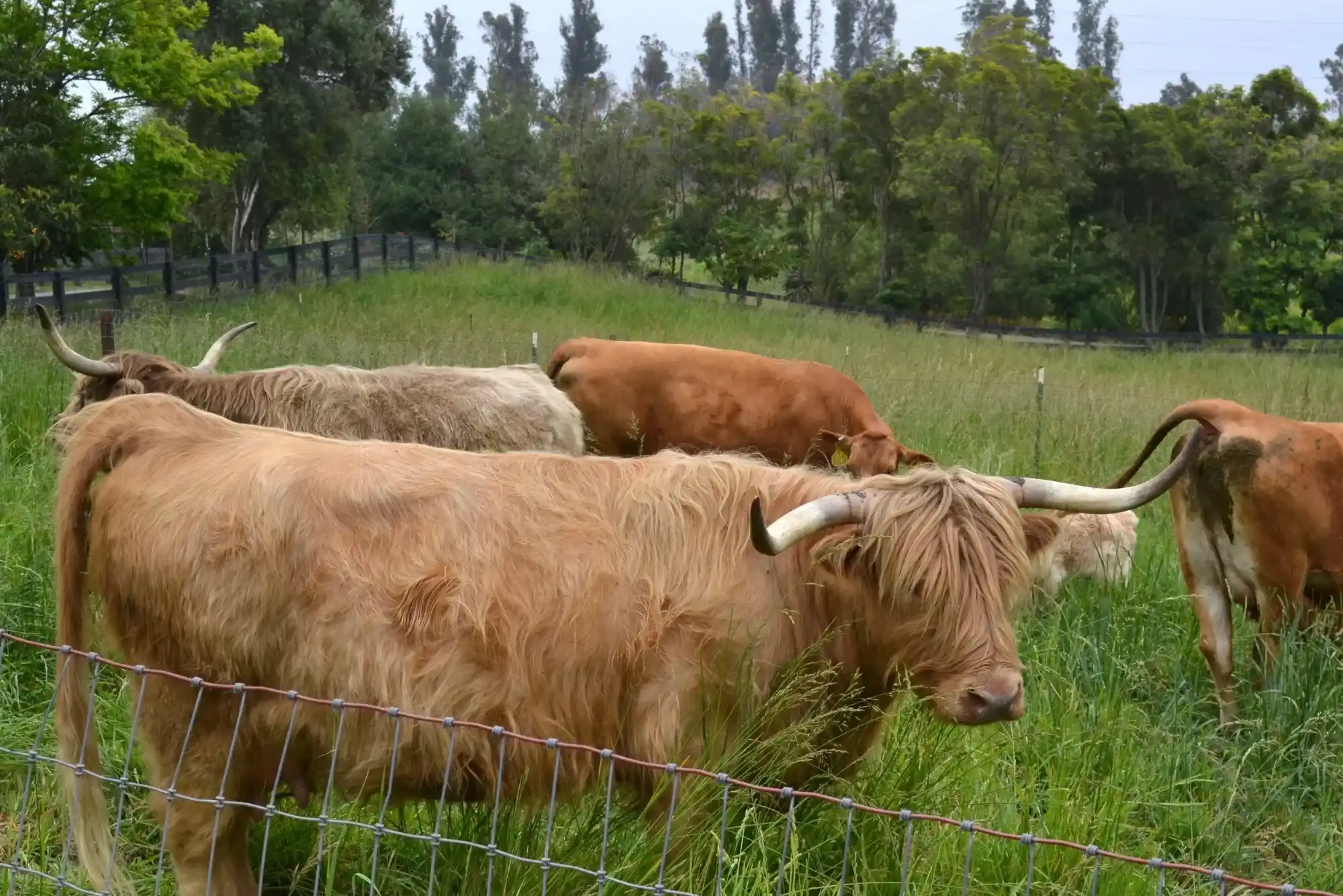Apricot Lane Farm, a pioneer in sustainable farming, has gained recognition for its dedication to regenerative agriculture. Founded by John and Molly Chester, this 200-acre farm in Moorpark, California, showcases a model that combines ethical farming with environmental stewardship.
However, transforming an industrially depleted plot into a thriving, biodiverse farm was no easy feat. Many wonder exactly how much was invested in Apricot Lane Farm to achieve this level of environmental success.
This article dives deep into the investments behind Apricot Lane Farm’s creation, exploring how its transformation cost unfolded and what it takes to sustain such a complex ecosystem.
Overview of Apricot Lane Farm’s Transformation Journey
Apricot Lane Farm initially started as a barren piece of land. Over time, the Chesters invested resources, time, and effort into reviving its ecosystem. Their journey toward sustainability was documented in the popular film “The Biggest Little Farm,” which highlighted the trials, triumphs, and substantial costs involved. Building a farm that balances nature’s needs with farming demands required an approach unlike conventional farms.
Key Milestones in the Farm’s Development
- 200 acres of Barren Land – Acquired by John and Molly Chester
- Initial Soil Remediation – Required due to depleted land conditions
- Investment in Diverse Flora and Fauna – Cultivating over 75 varieties of fruits and vegetables, alongside 10 species of animals
- Documentary Creation – “The Biggest Little Farm,” which took eight years to film and capture the farm’s journey
Apricot Lane Farm’s development is a testament to invested in Apricot Lane Farm being a long-term commitment aimed at environmental restoration and farming innovation.
Initial Investment in Apricot Lane Farm

The financial journey of Apricot Lane Farm began with an initial investment focused on land acquisition, soil rehabilitation, and infrastructure development. The estimated primary funding for the farm was over $2 million, a considerable sum for a farm of this scale.
- Land Acquisition – The first significant expense was the purchase of the 200-acre property in Moorpark, California.
- Soil and Land Restoration – The initial condition of the land was poor, requiring substantial investment in soil testing, organic inputs, and remediation processes.
- Infrastructure and Facilities – Building structures like barns, animal pens, greenhouses, and composting areas needed careful planning and significant funding.
- Permits and Legal Costs – Due to its environmental impact and non-conventional farming practices, permits and legal support were required.
Ongoing Investments in Sustainability and Biodiversity
Apricot Lane Farm has since required ongoing funding to maintain its commitment to sustainability. The yearly upkeep includes essential components like animal care, plant cultivation, and soil health monitoring. The Chesters continue to invested in Apricot Lane Farm to support its ecosystems and production.
| Investment Category | Purpose and Cost |
|---|---|
| Soil Health and Remediation | Routine soil amendments, organic composting, and mulching materials |
| Animal Husbandry | Vet care, feed, shelter improvements, and species diversity |
| Plant Biodiversity | Expanding crop types, pest management, organic inputs |
| Water Management Systems | Irrigation systems, rainwater collection, and drought management |
| Renewable Energy Investments | Solar panels and renewable infrastructure to reduce energy costs |
Challenges and Financial Strategies
Investing in an ecologically balanced farm comes with unique challenges. The Chesters faced various risks, from crop failures and pest infestations to regulatory hurdles. They implemented financial strategies that helped mitigate some of these risks, including loans, grants, and investor support from those passionate about sustainable farming.
- Government Grants – Apricot Lane Farm leveraged federal and state grants aimed at sustainable farming and conservation.
- Private Investors and Philanthropists – Additional financial backing from private individuals interested in eco-friendly farming helped ease some of the financial strain.
- Revenue from Farm Products – Organic produce and farm products sold locally contributed revenue, though this was secondary to their ecological mission.
Return on Investment and Profitability
While invested in Apricot Lane Farm financially was significant, the farm also gained other forms of “returns,” especially in the form of media exposure. The release of “The Biggest Little Farm” generated substantial awareness and sparked public interest in sustainable farming. Additionally, it brought income through ticket sales and distribution deals.
Economic and Environmental Impact of the Investment
The investment in Apricot Lane Farm wasn’t solely about financial return; it also focused on environmental impact. The farm restored biodiversity, improved soil health, and reduced the need for harmful chemicals. These non-monetary returns underscore the environmental value and community benefits of sustainable farming.
Environmental Benefits
- Restored Biodiversity – Multiple species, including endangered ones, found habitat within the farm.
- Carbon Sequestration – The farm’s practices contribute to soil carbon storage, which helps offset greenhouse gas emissions.
- Reduced Water Usage – Efficient water systems and natural mulching help conserve water in a drought-prone region.
Financial Sustainability
Even with significant upfront investments, the farm has found ways to generate revenue. Its produce, animal products, and by-products are sold at local markets. The farm also engages in educational tours, workshops, and events, which provide additional revenue streams.
Future Investments and Plans

As of now, Apricot Lane Farm continues to make enhancements. Potential future investments may include expanding renewable energy capacity, adding more diverse crop types, and creating additional educational programs to inspire others. Each of these future investments is designed to ensure Apricot Lane Farm remains at the forefront of sustainable agriculture.
Frequently Asked Questions (FAQs)
1. How much was initially invested in Apricot Lane Farm?
The initial investment for Apricot Lane Farm was estimated at over $2 million, covering land acquisition, soil rehabilitation, and essential infrastructure setup.
2. How does Apricot Lane Farm generate revenue?
Apricot Lane Farm earns revenue through organic produce, animal products, farm tours, workshops, and the sales from “The Biggest Little Farm” documentary.
3. What challenges did Apricot Lane Farm face?
The farm faced challenges such as crop failures, pest management issues, regulatory hurdles, and significant upfront costs for environmentally sustainable practices.
4. Why is Apricot Lane Farm considered sustainable?
The farm employs regenerative practices like organic farming, water conservation, and biodiversity preservation, which contribute to environmental health and sustainable farming practices.
5. What is the environmental impact of Apricot Lane Farm?
Apricot Lane Farm has restored local biodiversity, improved soil health, contributed to carbon sequestration, and reduced the use of harmful chemicals.
6. Are there future investment plans for Apricot Lane Farm?
Yes, future investments may include expanding renewable energy, increasing crop diversity, and enhancing educational programs.
Apricot Lane Farm serves as a beacon of sustainable farming practices. The substantial invested in Apricot Lane Farm by the Chesters has not only restored a once-barren plot but also demonstrated how regenerative agriculture can positively impact the environment. Through ongoing efforts and a commitment to their vision, John and Molly Chester have turned Apricot Lane Farm into a sustainable haven and a valuable model for the farming industry.






